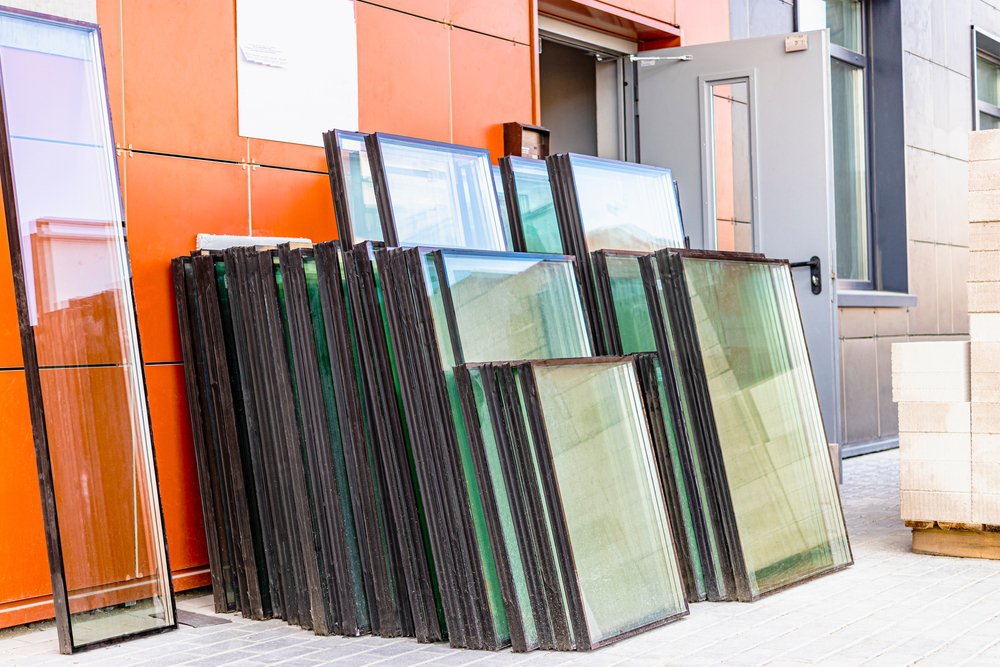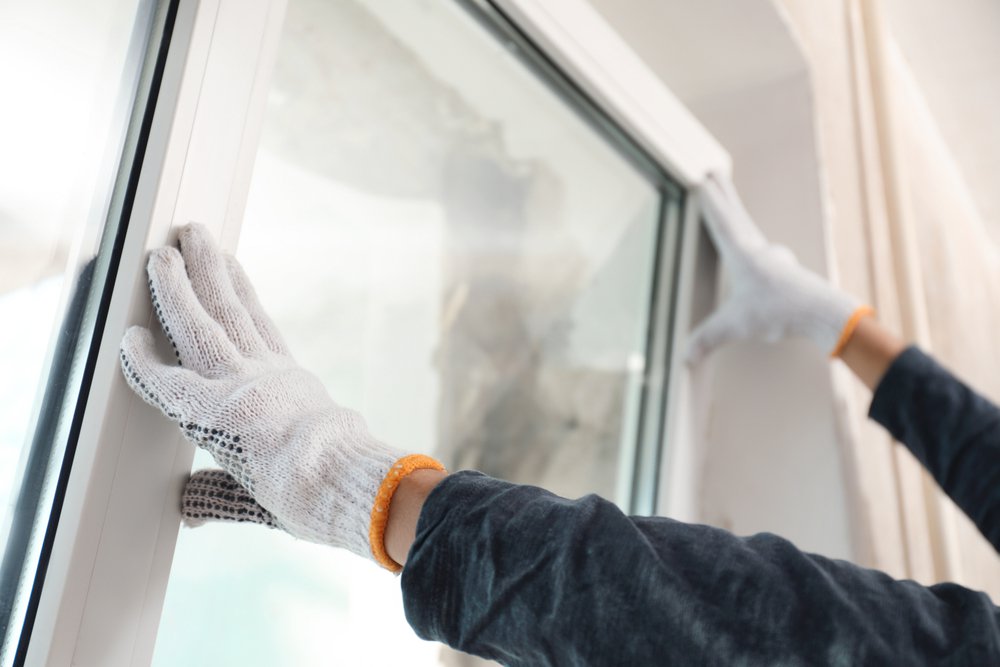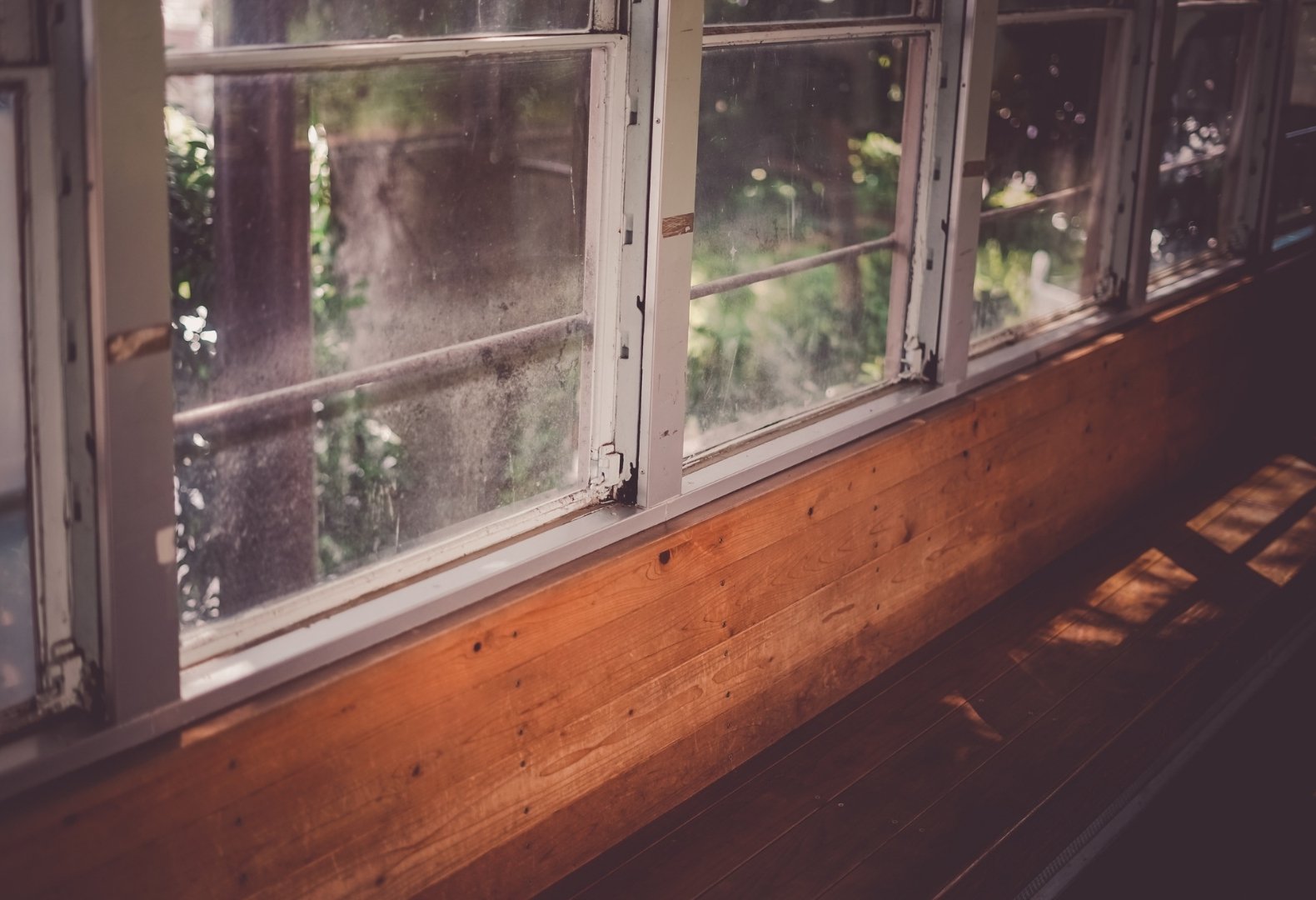Flat glass plays a pivotal role in modern construction, design, and manufacturing, delivering the clarity, strength, and versatility required for a range of structural and decorative applications. Behind every sheet of premium flat glass lies a meticulous manufacturing process that transforms raw materials into the high-performance glass used in residential windows, commercial storefronts, and more. For companies dedicated to supplying excellence, every step of this process—from selection of ingredients to precision cutting—is an opportunity to uphold rigorous standards and exceed customer expectations.
Raw Materials: The Foundation of Quality Flat Glass
The journey of flat glass begins with a carefully measured mix of raw materials. The primary ingredient is silica sand, renowned for its purity and high melting point. To enhance performance characteristics and processing efficiency, other components are added, including soda ash (to reduce the melting point), limestone (to improve durability), dolomite, and small quantities of alumina and iron oxide. Each material must meet strict quality specifications to ensure a consistent and defect-free final product.
These ingredients are thoroughly mixed in large batch plants before being transported into a high-temperature furnace. At this stage, quality assurance begins with continuous monitoring of material purity and mixing ratios, ensuring that every batch meets the necessary chemical profile.

The Float Process: Creating Uniformity and Clarity
Once the raw materials are melted in the furnace at temperatures exceeding 1,500°C, the molten glass flows onto a bed of molten tin in a controlled atmosphere. Known as the float process, this method ensures that both surfaces of the glass remain perfectly flat and parallel. As the glass floats along the tin bath, it gradually cools and solidifies into a ribbon with uniform thickness and exceptional optical clarity.
This float process is the gold standard for flat glass production due to its ability to deliver consistent surface quality, dimensional accuracy, and visual transparency. Thickness can be adjusted by controlling the speed of the glass ribbon, allowing manufacturers to produce glass tailored to specific structural or aesthetic requirements.
Annealing and Cutting: Strengthening the Glass Sheet
After leaving the tin bath, the semi-solid glass enters an annealing lehr—a long, temperature-controlled tunnel where internal stresses are slowly relieved. Controlled cooling during the annealing phase is critical to minimizing the risk of spontaneous breakage or warping once the glass is installed.
Following annealing, flat glass is cut to size using high-precision automated systems. CNC cutting tables ensure clean edges and accurate dimensions, allowing glass fabricators to meet custom specifications with tight tolerances. Quality control checks at this stage verify dimensions, surface flatness, and the absence of optical distortions.
Quality Control: Ensuring Strength and Consistency
Premium flat glass manufacturing demands a robust quality control process. From raw material inspection to final inspection of the cut panes, every stage incorporates visual and digital monitoring systems.
Modern manufacturing lines are equipped with optical scanners that detect surface imperfections, edge defects, and inclusions. Glass units that fall short of strict internal criteria are automatically diverted from production. Additional testing includes stress testing, thickness verification, and transparency measurement.
Some manufacturers employ non-destructive gas concentration tools to test insulating units, ensuring proper gas fill levels in completed sealed units. Though this step is more common in insulating glass, it reflects the broader commitment to precision and reliability across all product lines.
Flat Glass Variations: Meeting Specialized Needs
Flat glass can be customized in a variety of ways to suit different project requirements. This includes offering multiple thicknesses, tinting options (such as bronze or grey), and patterns like Rain, Satin Etch, or Gluechip. Flat glass can also be laminated for safety or sound insulation, or treated to become mirrors for decorative or functional applications.

These variations not only enhance aesthetics but also improve performance for specific environments. Laminated glass, for instance, holds together when shattered, making it ideal for safety glazing. Patterned glass adds privacy without sacrificing light, while tinted glass reduces solar heat gain.
Linking Manufacturing Expertise with Flat Glass Excellence
Precision manufacturing, innovative technology, and strict quality standards define premium flat glass. For companies that supply to contractors, fabricators, and builders, ensuring dependable performance in every sheet of glass is non-negotiable. That requires continuous investment in automation, staff training, and sourcing high-quality inputs.
Advanced cutting capabilities, multi-layer defect detection, and seamless logistics all contribute to the value offered by today’s top-tier glass manufacturers. When selecting a flat glass supplier, these behind-the-scenes processes translate into visible, long-lasting results on every project.
Our Commitment to Premium Flat Glass Solutions
At Insul-Lite Manufacturing™, we specialize in crafting premium flat glass products that meet the highest standards of quality and performance. Our automated cutting systems, precision inspection tools, and diverse glass inventory allow us to deliver exactly what our clients need—whether it’s clear, tinted, patterned, or laminated flat glass. Our in-house capabilities enable us to support both standard and custom orders with speed and accuracy.
We know that our clients rely on us for consistency and reliability. That’s why every sheet of flat glass we produce reflects our ongoing investment in technology, training, and sustainability. Contact us today to learn how we can support your next project with premium flat glass solutions built to last.





